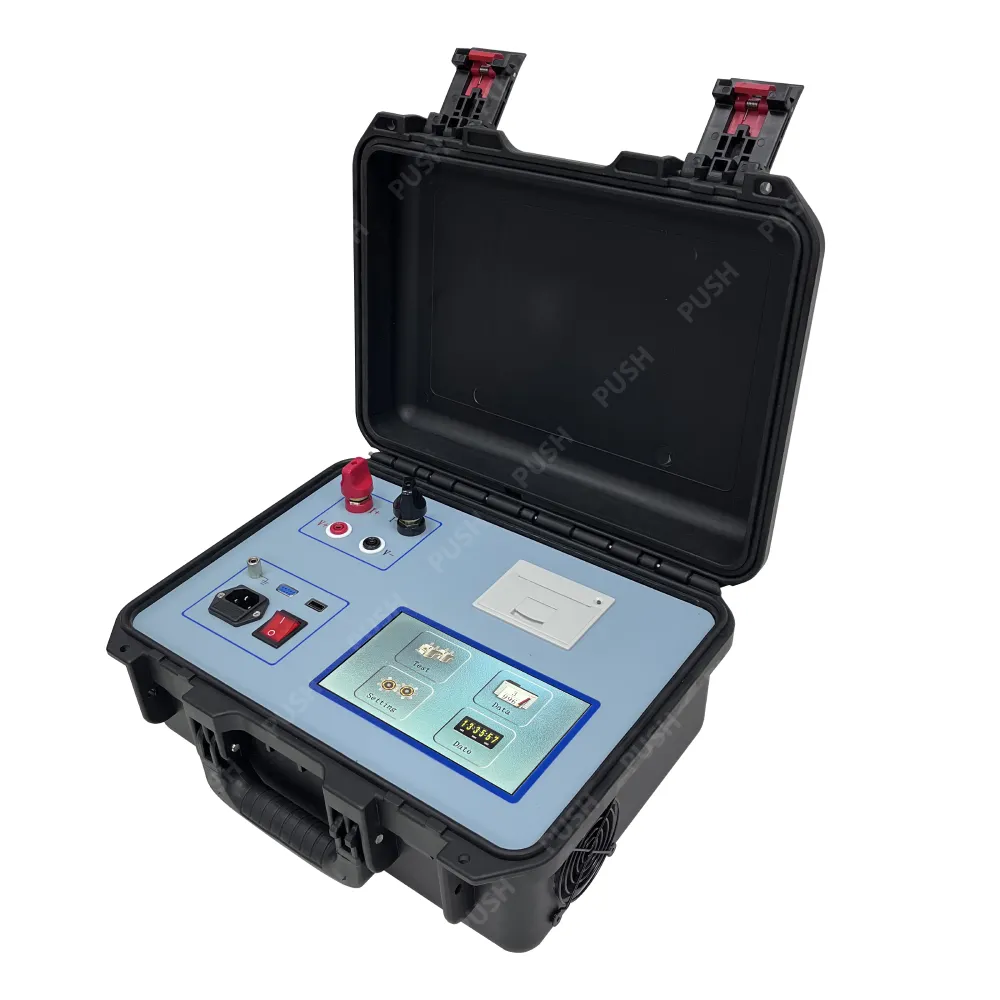 English
English


Insulation Resistance Test Cable
Understanding Insulation Resistance Testing for Cables
Insulation resistance testing is a critical procedure in the maintenance and assessment of electrical cables. This test measures the resistance of the insulating material that separates the conductive parts of a cable from its surroundings and helps determine the integrity of the insulation. Proper insulation is essential for ensuring safety, reliability, and efficiency in electrical systems.
Importance of Insulation Resistance Testing
The primary purpose of insulation resistance testing is to identify any deterioration or breakdown of the insulation. Over time, insulation can become compromised due to factors such as moisture ingress, thermal stress, mechanical damage, and chemical exposure. A decline in insulation resistance can lead to leakage currents, short circuits, or even electrical fires. By performing regular insulation resistance tests, engineers can proactively address potential issues before they escalate, thereby ensuring the longevity of the electrical system.
Testing Procedure
The insulation resistance test typically involves the use of a megohmmeter, also known as an insulation resistance tester. This device applies a high voltage (usually 250V, 500V, or 1000V) to the cable's insulation while measuring the resistance. The results are expressed in megohms (MΩ), with higher values indicating better insulation quality.
insulation resistance test cable

To conduct a proper test, it is necessary to disconnect the cable from any live circuits and follow safety protocols. The test can be performed on various types of cables, including power cables, control cables, and communication cables. A reading of 1 MΩ or more is generally considered acceptable, although specific requirements may vary based on industry standards and application.
Interpreting Results
Once the insulation resistance test is complete, interpreting the results is crucial. Acceptable values depend on several factors, including cable type, length, and operating voltage. If the measured resistance is significantly lower than the acceptable threshold, further investigation is warranted. This may involve visual inspections, insulation replacement, or other remedial actions.
Conclusion
Insulation resistance testing is a vital practice in the maintenance of electrical cables, ensuring that they operate safely and efficiently. Regular testing not only helps in identifying potential issues before they become critical but also extends the lifespan of the cable infrastructure. Electrical engineers and technicians should prioritize insulation resistance testing as a part of their maintenance routine, ultimately contributing to a safer and more reliable electrical environment.
-
Differences between open cup flash point tester and closed cup flash point testerNewsOct.31,2024
-
The Reliable Load Tap ChangerNewsOct.23,2024
-
The Essential Guide to Hipot TestersNewsOct.23,2024
-
The Digital Insulation TesterNewsOct.23,2024
-
The Best Earth Loop Impedance Tester for SaleNewsOct.23,2024
-
Tan Delta Tester--The Essential Tool for Electrical Insulation TestingNewsOct.23,2024





